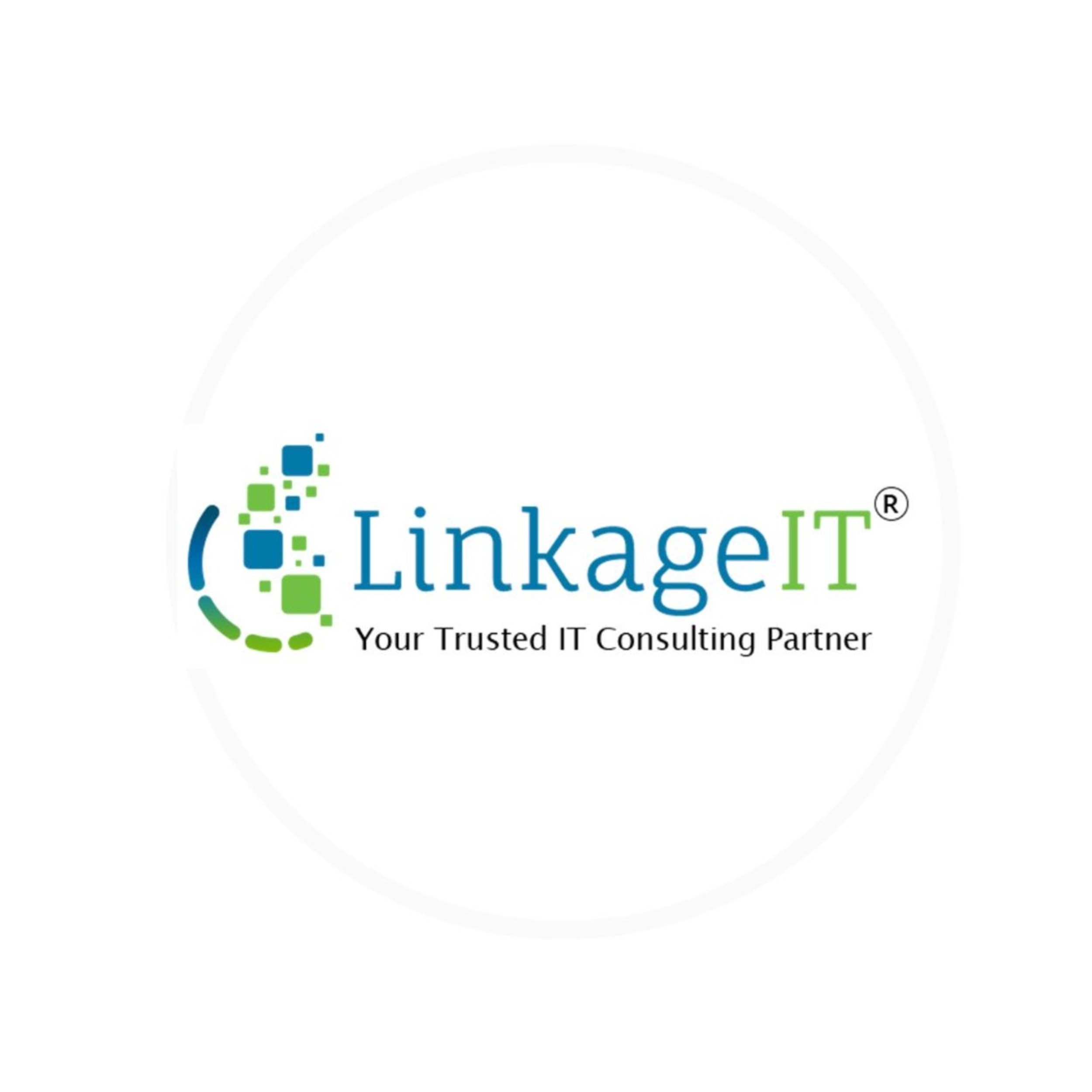
Average project size
$10,000 to $25,000Average hourly rate
$25 - $49Discover the Top 204 IoT Services Companies. IoT Services enable the connection of devices and data to drive innovation, creating a high-demand market for skilled talent. Compare top IoT Services agencies by reviews, ITP Score, capabilities, and portfolios to confidently choose the best fit for your project.
View editorialTakes only 2 mins, 100% free









equestsolutions.net homepage
codinix.comhomepage
Startup 20%
Publishing 27%
Media 41%
Business Intelligence 12%
www.linkageit.comhomepage
Post a project for free and quickly meet qualified providers. Use our data and on-demand experts to pick the right one for free. Hire them and take your business to the next level.